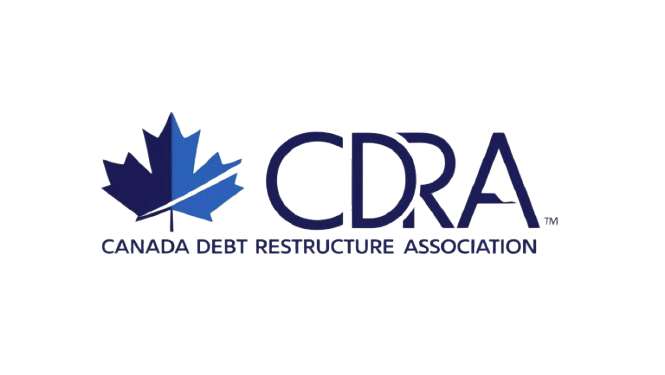In today’s fast-paced financial landscape, individuals and businesses alike often find themselves grappling with debts that can feel overwhelming. Regaining control over one’s financial situation is crucial for long-term stability and growth. One effective strategy that has emerged in recent years is the Consumer Debt Relief Agency (CDRA), which plays a pivotal role in helping individuals navigate their debt challenges. This article examines the impact of CDRA on debt management strategies and offers effective techniques for integrating CDRA principles into financial planning.
Understanding CDRA’s Impact on Debt Management Strategies
The Consumer Debt Relief Agency (CDRA) has gained recognition as a vital resource for individuals seeking to regain financial control. By providing comprehensive education on debt management, the CDRA empowers consumers with the knowledge and tools necessary to tackle their financial obligations. This organization focuses primarily on educating consumers about their rights and responsibilities under debt relief laws, presenting them with various options for managing and reducing debt effectively. By doing so, the CDRA helps individuals shift their mindset from feeling powerless to embracing proactive debt management strategies.
Furthermore, the CDRA collaborates with reputable financial advisors and credit counselors to develop tailored strategies that align with the unique financial situations of consumers. This personalized approach considers various factors, such as income levels, existing debts, and individual financial goals, to create a roadmap for debt reduction. The CDRA’s involvement ensures that consumers are not just applying generic solutions but are instead following a well-informed plan that can lead to sustainable financial health.
Lastly, CDRA’s initiatives extend beyond individual debt reduction strategies; they also influence broader financial literacy efforts within communities. By hosting workshops, seminars, and online resources, the organization raises awareness about responsible financial practices, helping consumers make informed choices about credit use, budgeting, and debt repayment. This community-oriented approach fosters a culture of financial responsibility, ultimately contributing to the reduction of debt levels across society.
Effective Techniques for Implementing CDRA in Financial Planning
Integrating CDRA principles into a financial planning strategy begins with a comprehensive assessment of one’s current financial situation. Consumers are encouraged to gather all financial statements, including credit reports, income statements, and existing debt obligations. This inventory allows individuals to identify patterns, understand their financial health, and pinpoint the specific areas needing improvement. A transparent overview of one’s finances lays the groundwork for developing a tailored action plan, which is crucial in successfully managing and reducing debt.
Another effective technique promoted by the CDRA involves prioritizing debts based on interest rates and due dates. This debt snowball or avalanche method allows consumers to tackle their highest-interest debts first or focus on smaller debts to gain momentum. By setting clear, achievable goals and establishing timelines, individuals can make steady progress toward debt reduction. The CDRA emphasizes the importance of accountability throughout this process, encouraging regular check-ins with financial advisors or support groups to ensure that individuals remain motivated and on track.
Additionally, the CDRA advocates for the incorporation of budgeting tools and financial management apps into everyday financial practices. These resources can help consumers track their spending habits, identify unnecessary expenses, and allocate more funds toward debt repayment. Staying organized and tracking progress can significantly increase one’s chances of achieving financial stability. By setting aside a portion of income for savings and unexpected expenses, individuals can avoid future debt accumulation while maintaining a balanced financial plan.
Regaining financial control in the face of mounting debt can be a daunting challenge but is achievable through the strategic application of CDRA principles. By understanding the impact of the CDRA on debt management strategies and employing effective techniques for its implementation, individuals can take proactive steps toward financial stability. The continued focus on financial literacy, personalized strategies, and community support guarantees a brighter financial future for those willing to embrace change and take control of their debts. With the right tools and support, financial freedom is within reach.



